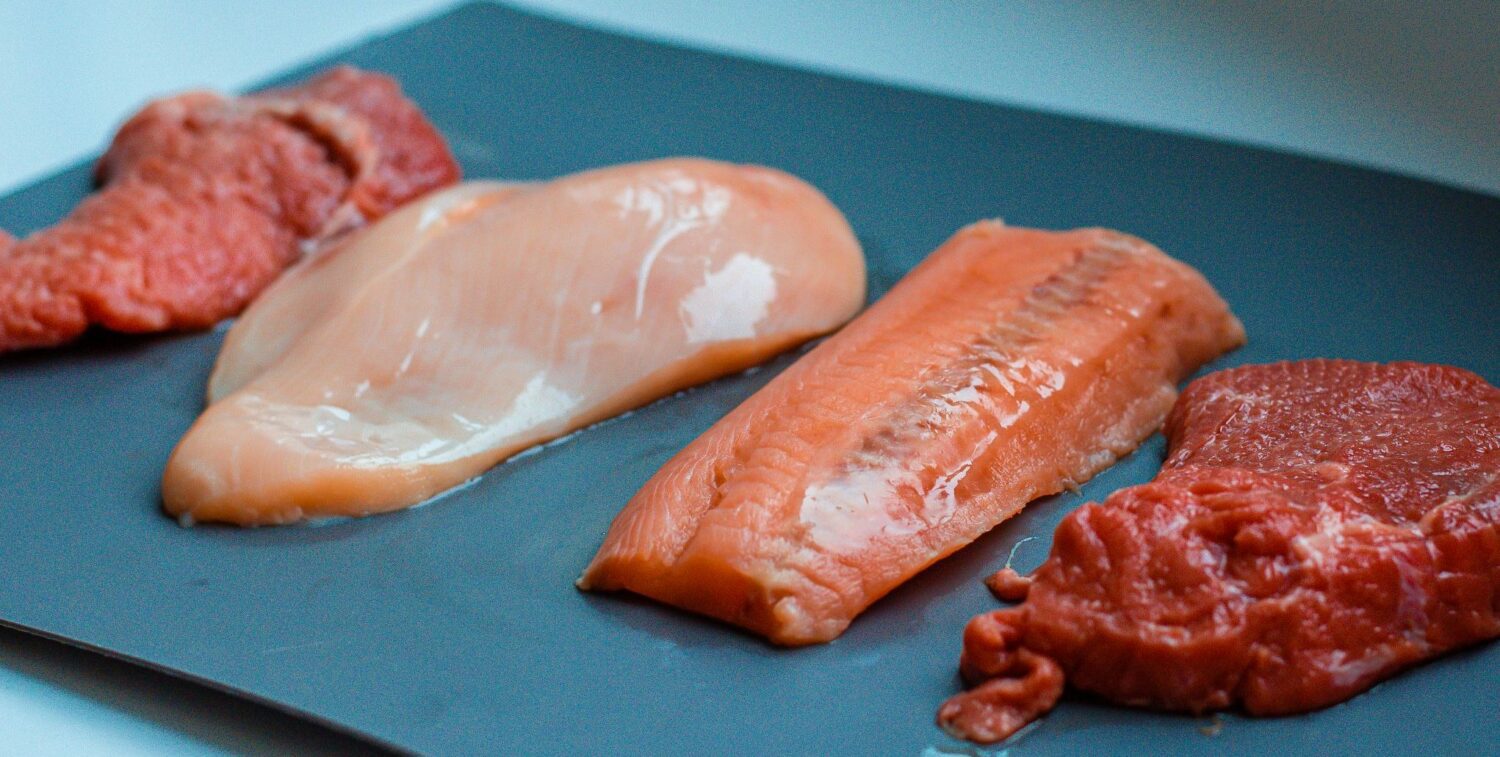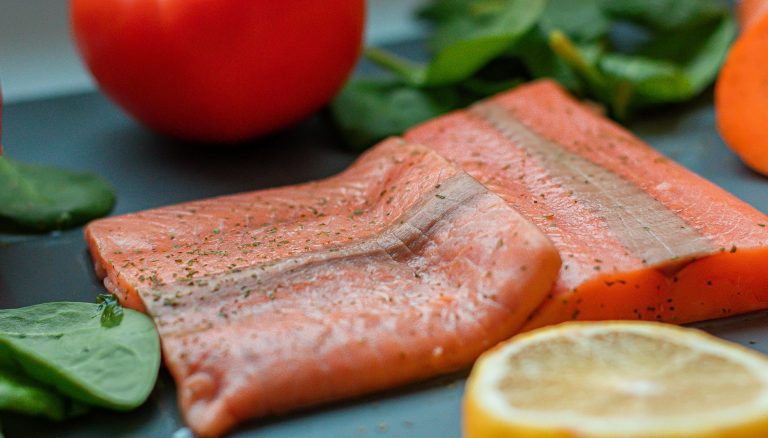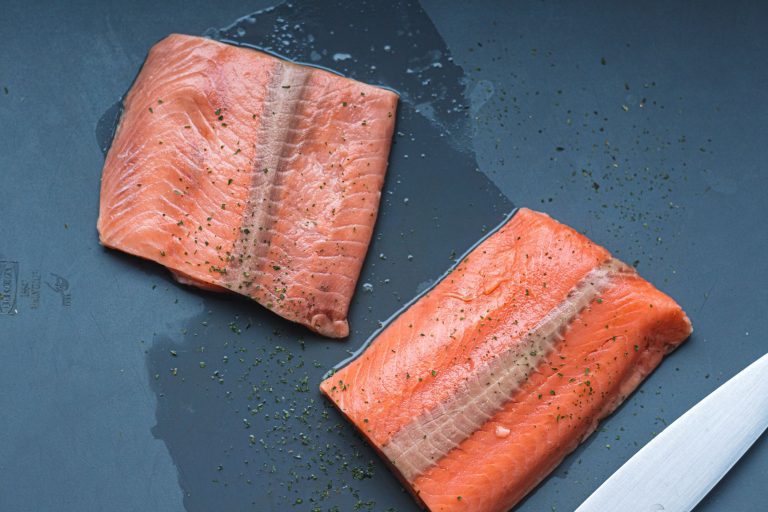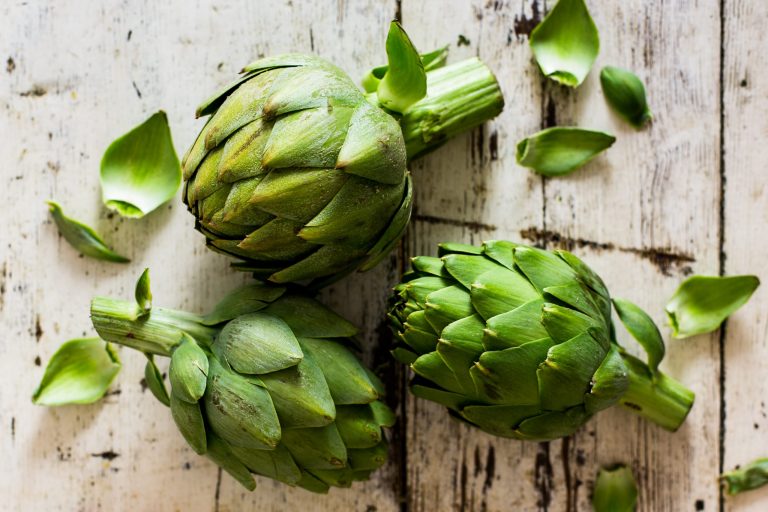The Carnivore Diet Guide – Foods to Eat on the Meat-Only Diet
Is Carnivore Really Meat-Only?
One of the most popular and extreme diets when it comes to fat loss, brain performance, combating inflammation, autoimmune diseases, and muscle growth is the Carnivore Diet.
Also known as the “Meat-only” or “Zero-carb” diet, this one takes eating meat to an extreme level, which may be suitable for some and not for others. Welcome to our Carnivore diet guide.
What is Carnivore?
We’ve heard the term Carnivore back in our biology classes when we were studying animals but what is it really?
- Definition: Carnivore is a mammal in the Carnivora order, an animal that feeds on or eats other animals.
- Example: Animals like lions, wolves, hyenas, cheetah, hawks, and snakes that eat other animals (meat).
- Origin: Carnivore comes from the Latin words caro or “meat” and vorare or “to devour”, meaning one who eats meat.
- Meaning: By Carnivore, the eater can eat animal products, including eggs, cheese, or bone broth, it doesn’t have to only rely on meat, but 100% Carnivore has no plant sources allowed whatsoever.
The Carnivore Diet
If you combine all animal products putting meat at the base of your food pyramid while adding some other animal products like low-lactose dairy such as hard cheese or heavy cream, some eggs, and butter you will eventually build up a Carnivore type of diet.
What is the Carnivore diet?
A diet that focuses on meat as its main component in addition to other animal products while excluding all plants such as nuts, beans, legumes, seeds, vegetables, and fruits.
The All-meat diet is famous for its health benefits, which is pretty insane to expect from eating just meat. But before you go and buy a ton of steaks, first you should read the whole article.
This diet has become so popular in recent times because of how extreme and unique it is, but it also holds a lot of popular people behind it promoting it.
The health benefits of going Carnivore are well-known and studied for the short-term, however, going Carnivore for a longer period, might be dangerous.
Why this diet has become so popular?
Some of the most popular faces around biohacking, neuroscience, and nutrition have been investigating the effects of the Carnivore diet on themselves, and the vast majority of them were impressed, which made other people research it, try it out and study it.
The carnivore diet has been discussed on Joe Rogan and Tom Bilyeu podcasts. Ben Greenfield, a famous biohacker known for his biohacking lifestyle also admires the Carnivore style, since meat is a big part of his diet. Pete Jacobs the Ironman Triathlete Champion is known as the iron champ who only eats meat.
What is the idea behind The Carnivore Diet?
As with many Low-carbohydrate diets that became trendy and well-studied for many of their weight-loss, fat-loss, brain-enhancing, anti-inflammatory, and performance-improving properties, carnivore earns its place.
Key Point
By cutting down on carbohydrates, our bodies become more efficient in using fats for fuel. The fat oxidation becomes better and we use the majority of our fat calories for energy, which means we’re burning fat.
Reducing sugar intake has a lot of other effects on our body, such as reducing insulin and blood sugar spikes, which has the potential to rewire our body’s response to sugar and improve insulin sensitivity.
Cutting down carbs seems very beneficial even from a scientific standpoint since a lot of the low-carb diets work very well in terms of weight loss. However, it is not necessary to cut all carbs since there are healthy types of complex carbs rich in fiber, which can improve digestion and not cause high insulin spikes.
So if you’re wondering why cutting carbs off completely will be healthy, you are at the right place. The thing with carbs is we eat too much of them and our insulin-producing systems just get tired over time which leads to insulin resistance.
Reducing or at least swapping the simple for complex carbs will do wonders for your health. The ketogenic or Carnivore diet solely relies on high-fat products so a state of ketosis is achieved, especially in the Ketogenic diet (due to moderate and not high protein) which burns fat for fuel.
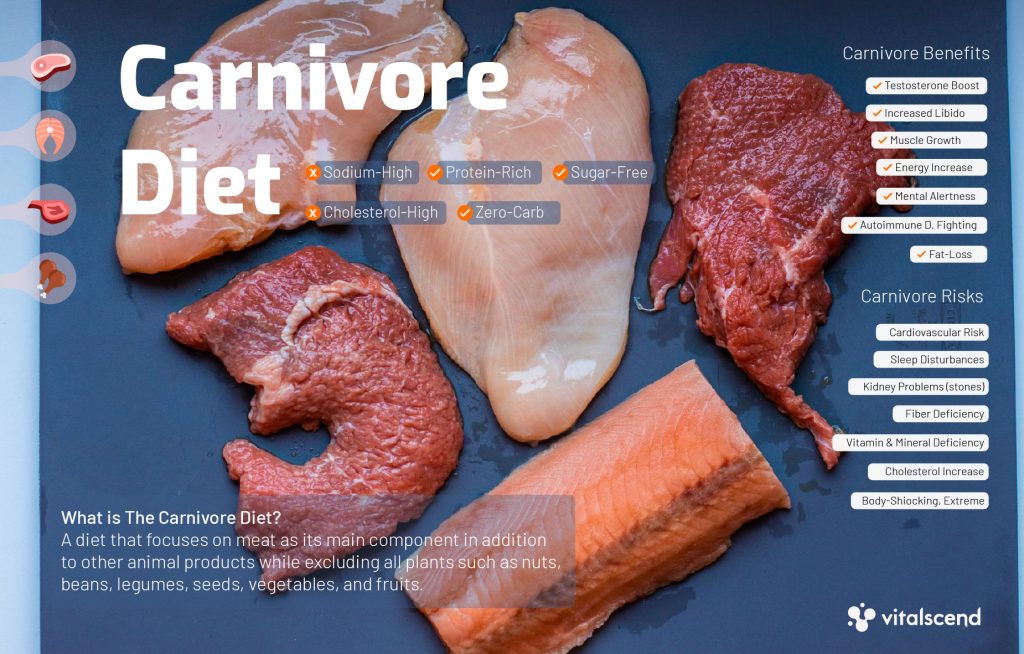
The Diet of Our Primal Ancestors
There is a huge variety of research about what our ancestors ate. Depending on their teeth and jaw shape and size, evolution & development, environmental factors, and geographical availability, the research is showing different results.
However, there is no doubt that all three types of eaters existed, in our evolution.
- The Carnivore: those who mainly feed off meat and fish
- The Omnivore: ones that ate both animals and plants
- The Herbivore: those who eat only foods from raw, plant-based sources
So the idea behind eating primal is to improve your health since our ancestors haven’t had as many problems with diabetes, cancer, or chronic illnesses and inflammation which are common for people nowadays, following the unhealthy Western diet.
The foods of our Paleolithic ancestors suggest we get our protein from grass-fed meat and seafood, and our carbs from non-starchy vegetables and fruits while excluding dairy, potatoes, or legumes and any processed foods.
If you look at the teeth, which is a great way to study ancestral diet, we can see that there are different types of monkeys from which we evolved, known as the human family tree or hominins. Some of them have a larger skull, bigger brain, and smaller teeth believed to be herbivores, while others have strong chewing muscles and larger teeth, believed to be carnivores.
So the answer to what our ancestors ate is not just meat or veggies, it is both. We probably started as soft-plant fruit & algae eaters, and then developed two forms, one that is a carnivore with stronger teeth and chewing muscles and the other which is more plant-based oriented, with thinner teeth.
- Australopithecus: soft food, thin teeth, plant-based foods
- Homo: have both soft/thin and big/strong teeth, eating both meat and plants
- Paranthropus: harder diet bigger teeth, abilities like crushing nuts and chewing meat
More Anthropology
- So anthropologically, there is no one Paleolithic diet that we can get back to. In the past, we humans and our ancestral varieties & form have digested a huge variety of plants, insects, meat and animal products, whole grains, liquids, and so on.
- What we are sure of, is that most of the foods have been eaten raw (except meat), our ancestors had unprocessed fruits, veggies, wheat, meat, and animal products with minimal cooking, which tells us a lot about which food is healthy and how to prepare it. Besides the toxic plants, insects, or meats out there, if we should learn one thing here is whether you decide to go omnivore, herbivore or carnivore, you should eat minimally processed foods.
- Whether this diet is healthy or not is very debatable, since it is one of the most body-shocking, extreme, and restrictive diets out there. A lot of factors such as age, sex, health status, genetics, digestion, activity level, and supplementation play a major role in whether a diet is good for you or no.
Is the Carnivore diet safe?
This extreme diet is not well-studied for its effects in the long term, so choosing it as the main, habitual long-term diet is irresponsible in my opinion, unless you know exactly what you are doing, getting your blood check done, using the right mineral and vitamin supplements and so on.
Disclaimer: This diet is definitely not for everyone. There are special groups of people who should avoid it and must consult with a doctor before trying it out, such as pregnant or lactating women, children, people with chronic kidney disease, cholesterol-hyper responders people, and those who have problems with carb-restriction.
When it comes to its effects for the short term, this diet has produced great results seen in fighting autoimmune diseases, reducing chronic inflammation, improving muscle growth and regeneration, improving insulin sensitivity, increasing energy levels, and boosting mental alertness.
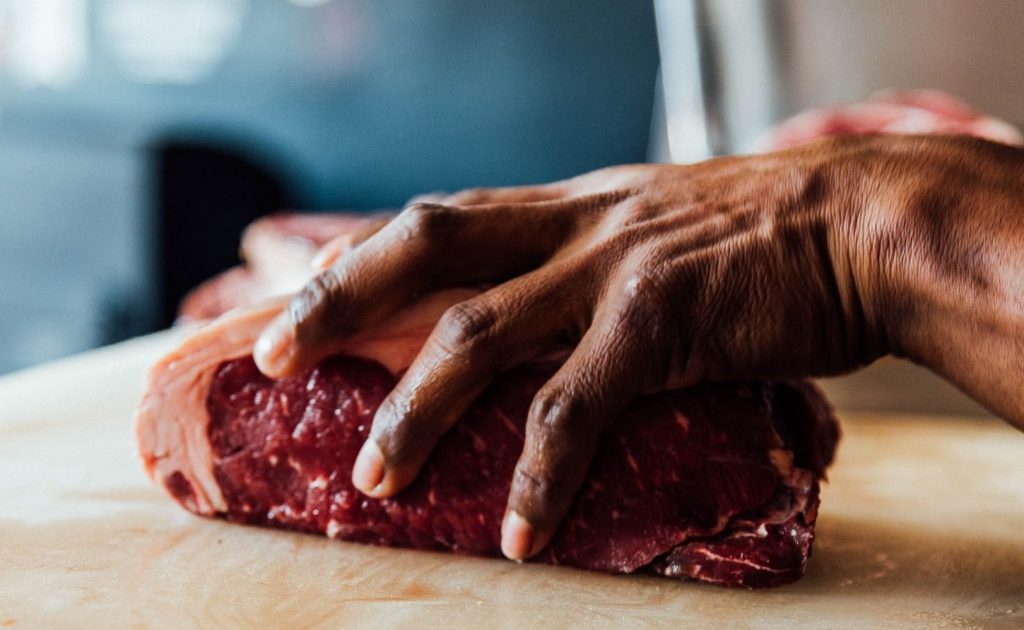
How does Carnivore Diet compare to other Low-Carb Diets?
In fact, the carnivore diet is a type of High-Protein, High-Fat, and Zero Carbohydrates Diet. This is why it is compared to many of the other low-carb diets such as LCHF, Keto Diet, Paleo Diet, or Atkins Diet.
The main difference between these diets is that Carnivore includes only animal products such as meat, fish, and dairy while excluding all plants, while the other diets also being high in fat and low in carbohydrates are allowing for plant foods, but mostly the low carb ones.
Another big difference is the carbohydrate restriction which is taken on a whole another level when going 100% Carnivore, by basically having zero carbs.
So the idea behind most of these Low-Carb diets is the same, tapping into your fat stores and burning fat for energy while fueling your brain on ketones.
Carnivore: Macronutrient Restriction
Carnivore’s diet is a bit different because of its restrictions and macronutrient profile. The ketogenic or Atkins diet runs primarily on fats, while Carnivore has high fat and high protein while offering zero carbs. There is a huge distinction between having two main (high) macronutrients and one main, one moderate, and one low, which happens in the Keto diet. High protein intake in the Carnivore won’t allow for such efficient ketosis, however, people report an increase in energy and mental alertness.
A better option for newly-introduced people to the Carnivore diet is starting with LCHF, Paleo, or Atkins diet. All of these diets can help a person to feel the change in energy and metabolism from cutting down carbs and can serve as a great adaptation to a Carnivore or Ketogenic diet.
Disclaimer: The content on this Site is for informational purposes only, and it is NOT intended to give or replace medical advice. Make sure you consult your physician, doctor, or health professional before starting new diet plan, supplement, exercise or lifestyle program.
Best Carnivore Foods to Eat
As a more restrictive diet, our options are pretty limited. We can pick between poultry, meat and fish. Since out main macronutrients are protein and fat, we must not forget to eat enough fat. The reason for it, is that the body can’t produce energy efficiently from protein only, and since we exclude carbs – fat is the next store of energy.
First of all, before you read the whole list you should consider these five things:
- You have a restricted variety of foods to pick from
- You must consult your doctor before attempting this kind of diet, seek nutritional guidance and do your blood-check routine
- Work into it, don’t just cut off carbs right away. Slowly reduce carb intake
- Do not exclude fat, since it’s the primary source of energy on the Carnivore diet
- Eating high amounts of Trans fat present in processed meat is detrimental to heart health
List of the Best Carnivore Foods to Eat
White Meat / Poultry
Grass-Fed Red Meat
Seafood and Fish
Meat Organs
Additions
- Chicken Breast
- Turkey Meat
- Rabbit Meat
- Ostrich steak
- Grass-Fed Beef
- Duck Meat
- Pork Roast
- Elk meat
- Grass-Fed Bison Meat
- Wild Alaskan Salmon
- Pacific Sardines
- Rainbow Trout
- Atlantic Mackerel
- Swordfish
- Seafood
- Crab
- Oysters
- Shrimp
- Lobster
- Octopus
- Liver
- Heart
- Kidney
- Brain
- Tongue
- Water
- Bone Broth
- Eggs
- Bone Marrow
- Lard
- Butter
- Hard Cheese
- Heavy Cream
- Salt & Pepper
Carnivore Extras:
Foods most commonly added to a non-zero-carb Carnivore diet
To improve food flavor, texture, and taste, as well as improving life quality, energy levels, overall enjoyment, and diet sustainability, many people also like to add:
- Coffee: the goal is to increase energy levels, amd mental alertness, and start the day concentrated. Coffee also provides many beneficial antioxidants and B vitamins.
- Teas: Most common caffeinated green tea, with no addition of sugar, or other plant-based low-carb drinks, to improve cognition, concentration, alertness, or relaxation.
- Herbs: Sage, Turmeric, Parsley, Curcumin, Basil, Ginger, and many more. The goal is to regulate blood sugar, increase alertness and circulation, improve the flavor of the meal, and boost metabolism.
- Spices: Cayenne, Garlic, Sage, Rosemary, Pepper, Cinnamon, and Chili can also boost metabolism and fight inflammation, due to their high antioxidant content.
- Sauces: Mustard, BBQ sauce, Red chili & Horseradish sauces, aim for low or zero-carb ones.
- Wine: Not a Carnivore food, since it is plant-based, but some people add it to their eating regime, due to its health benefits, if consumed in moderation.
- Olive oil: Plant-based oil, but it’s a zero-carb option, one of the healthiest oils with tons of omega 3’s in it. High amounts of anti-inflammatory agents can help with heart health.
Keep in mind there is a difference between using a diet to lose weight and improve brain performance and eating a certain way to combat a disease. The point here is that most of the benefits seen in carnivores are still present, even after adding some tea, coffee, sauces, moderate amounts of wine, and so on.
Risks Associated with The Carnivore Diet
As a more restrictive diet, we definitely recommend consulting a physician, doctor, healthcare provider or professional nutritionist before attempting the Carnivore Diet. There are measures and screening that need to take place, to avoid running into extreme deficiencies. As much as we like to provide valuable content, the way one individual responds to a certain diet is specific and can highly differ from others. We encourage you to do your own research, before attempting this, or any other diet on this Site.
conclusion
The carnivore diet is a more extreme dieting style that emphasizes high-protein, animal meat consumption. It is thought to promote fat loss, improve brain performance, and increase testosterone and muscle gains. The so-called “meat-only” diet is quite restrictive, so usually, people add some plant oils, coffee, teas, or other additions. Limiting fat intake might cause a severe energy drop, as carbs are already low during this diet. Some of the best types of meat to eat on a carnivore diet include duck meat, elk meat, chicken, grass-fed beef, wild-caught salmon, seafood, and organ meats.
Frequently Asked Questions
Is the carnivore diet really an “all-meat” diet?
The original 100% carnivore diet includes any meat (beef, pork, chicken), fish, seafood, bone broth and water. However, eggs, heavy cream, lard, hard cheese, tallow, butter, lard, salt, and pepper are also allowed. The other additions of plant oils, spices, sauces, coffees and tea are part of a “flexible carnivore diet”.
What are the risks of a carnivore diet?
By completely excluding plants and living off of high fat and protein content, potential unwanted side effects include:
– increased cardiovascular risk
– impaired sleep, disturbances
– kidney related problems (stones formation)
– deficiency in fiber, vitamins, and minerals
– high cholesterol increase
– body-shocking, extreme
Always consult your doctor before trying a new diet, supplement or lifestyle changes. The carnivore diet should be avoided in population such as pregnant or lactating women, children, people with chronic kidney disease, cholesterol hyper-responders, and people who have problems with carb-restriction.
Was the carnivore diet the main diet of our primal ancestors?
Yes, and no. There is evidence in different locations that support the idea behind our ancestors eating a carnivorous diet. However, there is also evidence that at another location/time, primal ancestors fed off just plants. There is also evidence suggesting they were omnivores, so all three exited in the past. This is analyzed by examining their skull, jaws bones and teeth.
Can I drink coffee or tea on a carnivore diet?
Following a “flexible carnivore” diet, you can add up different spices, herbs, plant oils, teas and coffee to your diet regime. The 100% carnivore diet however, does not include any such foods, and only allows eating meat, seafood, water, tallow, lard, hard cheese, butter, eggs and heavy cream.

